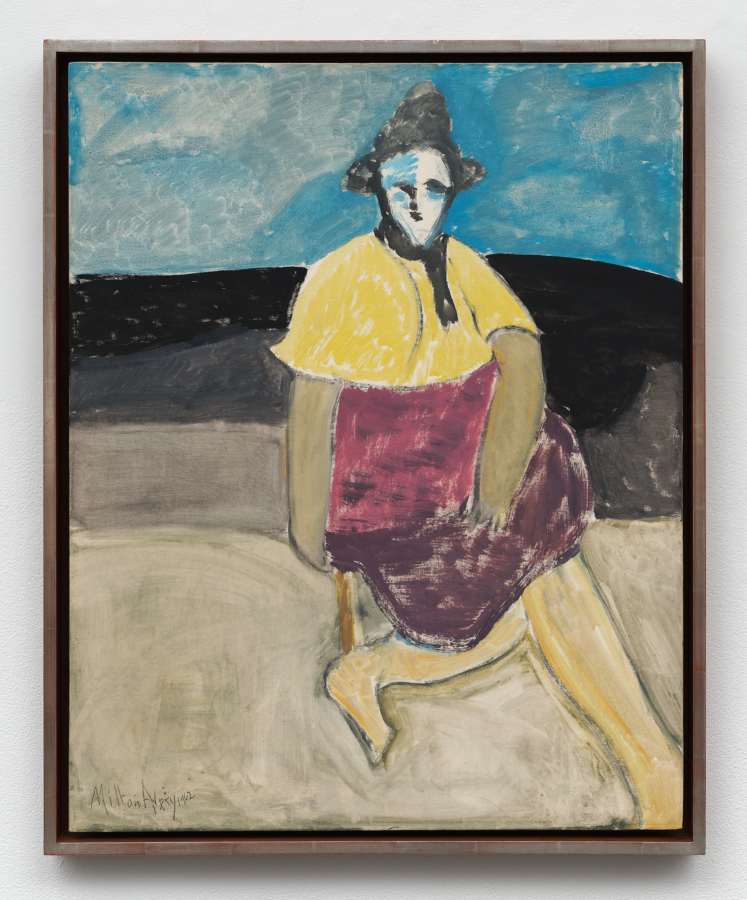November 1974
Peter Bradley’s unwillingness to compromise with the intellectual appeal broached by David Diao and Brice Marden explains the lack of critical attention his work has received. His last show at Andre Emmerich was deceptively serene. I say deceptively because the context of the sixties has conditioned us to expect mind-bending statements from an artist. Having been anathema for so long, purely pictorial qualities such as freshness, elegance, refined touch, and a rich color range end up being surprising. Even among painters, Bradley’s work continually raises controversy; most object on the grounds that it looks too good to be true. I suspect, however, that what is resented is the quizzical combination of arrogance and lack of pretension which, by contrast, makes most other painting look unnecessarily heavy. Bradley is asserting himself in various modes of painting with a deliberate kind of free-form drawing, relaxed in style but efficient in its simplicity. What was an uneasy disruption of shapes and masses in the earlier work has developed into over-all rhythmic unity. The assurance of Omadoma and the clarity of the Mass Ratio series indicate an ability to achieve almost classical control.



